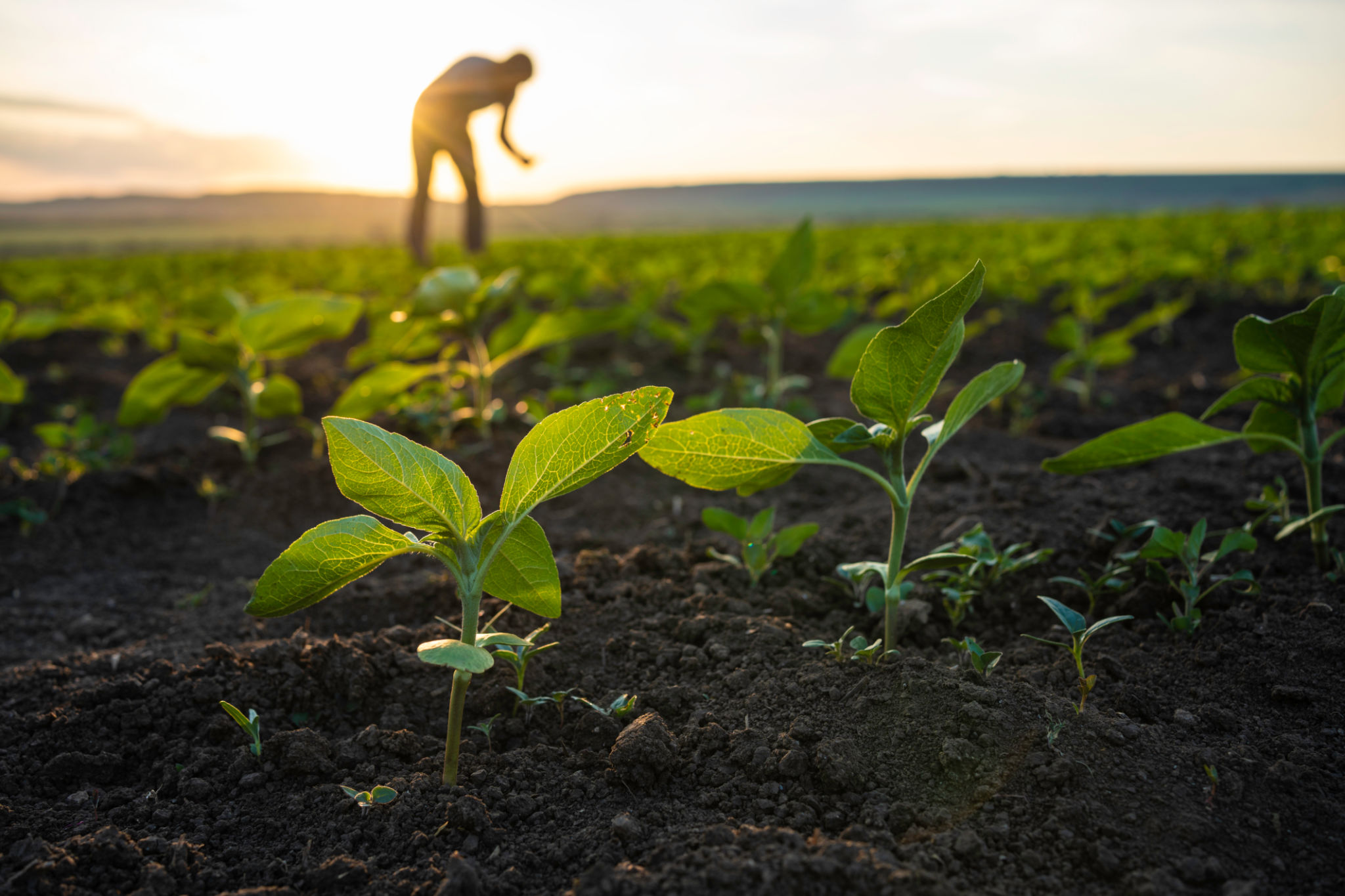How to Improve Efficiency in Agricultural Inputs: Expert Tips
Understanding the Importance of Efficient Agricultural Inputs
In modern agriculture, the efficient use of inputs such as seeds, fertilizers, and water is crucial for maximizing productivity and sustainability. As global demand for food continues to rise, farmers must focus on optimizing their resources to maintain a balance between cost-effectiveness and environmental impact.
Efficient input usage not only enhances crop yield but also reduces waste and mitigates adverse environmental effects. By adopting strategic approaches, farmers can improve their operational efficiency and contribute to sustainable agriculture.

Adopting Precision Agriculture
Precision agriculture is a farming management concept that uses technology to monitor and manage field variability in crops. This method allows farmers to apply inputs more accurately, ensuring they are used where and when needed most.
Utilizing tools such as GPS mapping and drones, farmers can obtain detailed information about their fields. This data-driven approach helps in making informed decisions, leading to improved crop health and reduced input costs.

Benefits of Precision Farming
- Increased yield: By applying inputs precisely, crops receive the right amount of nutrients at the right time.
- Cost savings: Reducing waste means spending less on seeds, fertilizers, and other inputs.
- Environmental protection: Minimizing runoff and over-application protects local ecosystems.
Implementing Integrated Pest Management (IPM)
Integrated Pest Management (IPM) is an environmentally friendly approach that combines different management strategies to control pest populations. By using a mix of biological, cultural, mechanical, and chemical tools, IPM reduces reliance on chemical pesticides.
This approach not only safeguards crops but also protects beneficial organisms and minimizes the development of resistant pest strains. Implementing IPM can significantly improve input efficiency by reducing the need for chemical interventions.

Key Components of IPM
- Monitoring: Regular observation of pest populations helps in early detection and timely intervention.
- Prevention: Crop rotation, habitat manipulation, and resistant varieties create unfavorable conditions for pests.
- Control: When necessary, use targeted control measures like biological agents or selective pesticides.
Optimizing Water Usage
Water is a critical input in agriculture, and its efficient use is vital for sustainable farming. Implementing advanced irrigation techniques can significantly reduce water waste while maintaining crop health.
Drip irrigation and soil moisture sensors are examples of technologies that help manage water resources effectively. These systems ensure that crops receive adequate water without over-irrigation, conserving this precious resource.

Effective Water Management Practices
- Drip irrigation: Provides water directly to plant roots, minimizing evaporation and runoff.
- Rainwater harvesting: Captures and stores rainwater for future use during dry periods.
- Soil moisture monitoring: Ensures optimal watering schedules based on real-time soil data.
Conclusion: The Path to Sustainable Agriculture
Improving efficiency in agricultural inputs is not just about cutting costs; it's about creating a sustainable future for farming. By adopting precision agriculture, implementing IPM, and optimizing water use, farmers can enhance productivity while safeguarding natural resources.
The journey towards efficient agriculture requires continuous learning and adaptation to new technologies and practices. As we move forward, embracing these expert tips will help build a resilient agricultural system that meets the demands of today without compromising the needs of tomorrow.

